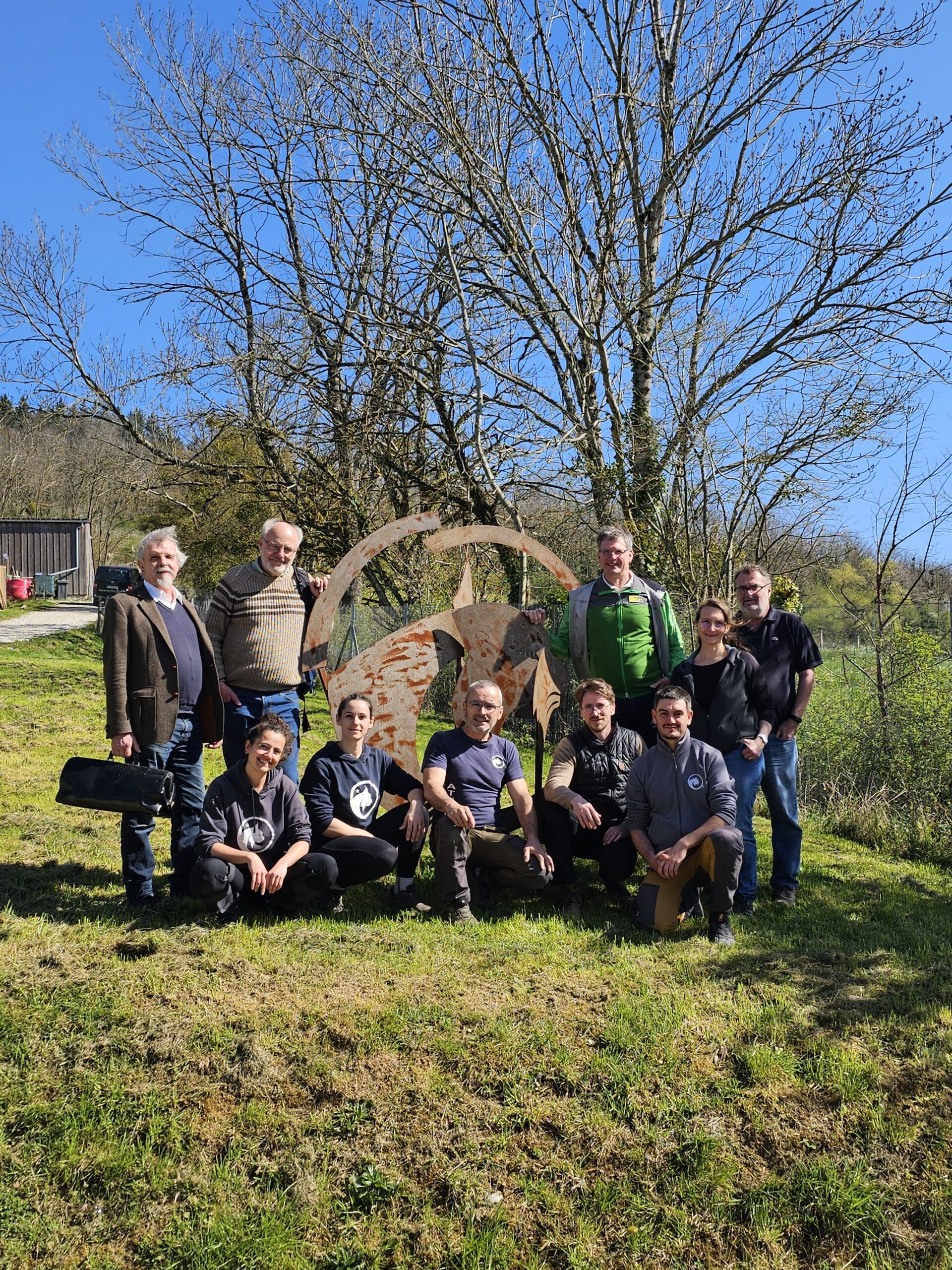The European wildcat (Felis silvestris) was long thought to be extinct in Austria, but in recent years there has been an increase in evidence, with the Thayatal National Park region at the forefront. Using camera traps and genetic analyses, it was possible to prove that wildcats are present in the area.
As part of the ReCo project, it was discovered that one female is genetically related to Austria´s only proven reproductive population near the Danube. This finding is significant as it emphasises the need for available corridors as migration routes for wildcats due to the large distance between the populations.
In a next step, two wildcats from a rescue centre in France (Centre Athénas) were fitted with collar transmitters and released into the National Park area. Such a study has never been carried out in Austria before. The aim of this pilot study is to find out more about the behaviour of these shy hunters, to document which corridors they use and how they use their habitat.
There are many other open questions that the Thayatal National Park wants to answer together with its partners from the Podyjí National Park – for example, whether the Thaya is crossed by wildcats, as there is no evidence of this to date. The wildcat is the flagship species of the Thayatal National Park and the innovative study has attracted a lot of attention from the public, stakeholders such as hunters, political representatives and the scientific community. The study will run for a total of one year in order to obtain the best possible data on wildcats. In the meantime, initial results are being analysed and interpreted. The wildcat is a highly mobile species that serves as an umbrella species for a connected landscape and functioning wildlife corridors. Documenting their migration behaviour will help to improve the basis for improvements of a connected landscape in the long term on the basis of facts. The innovative research approach also sets a milestone in wildcat research, improving the long-term monitoring of this strictly protected FFH species.
